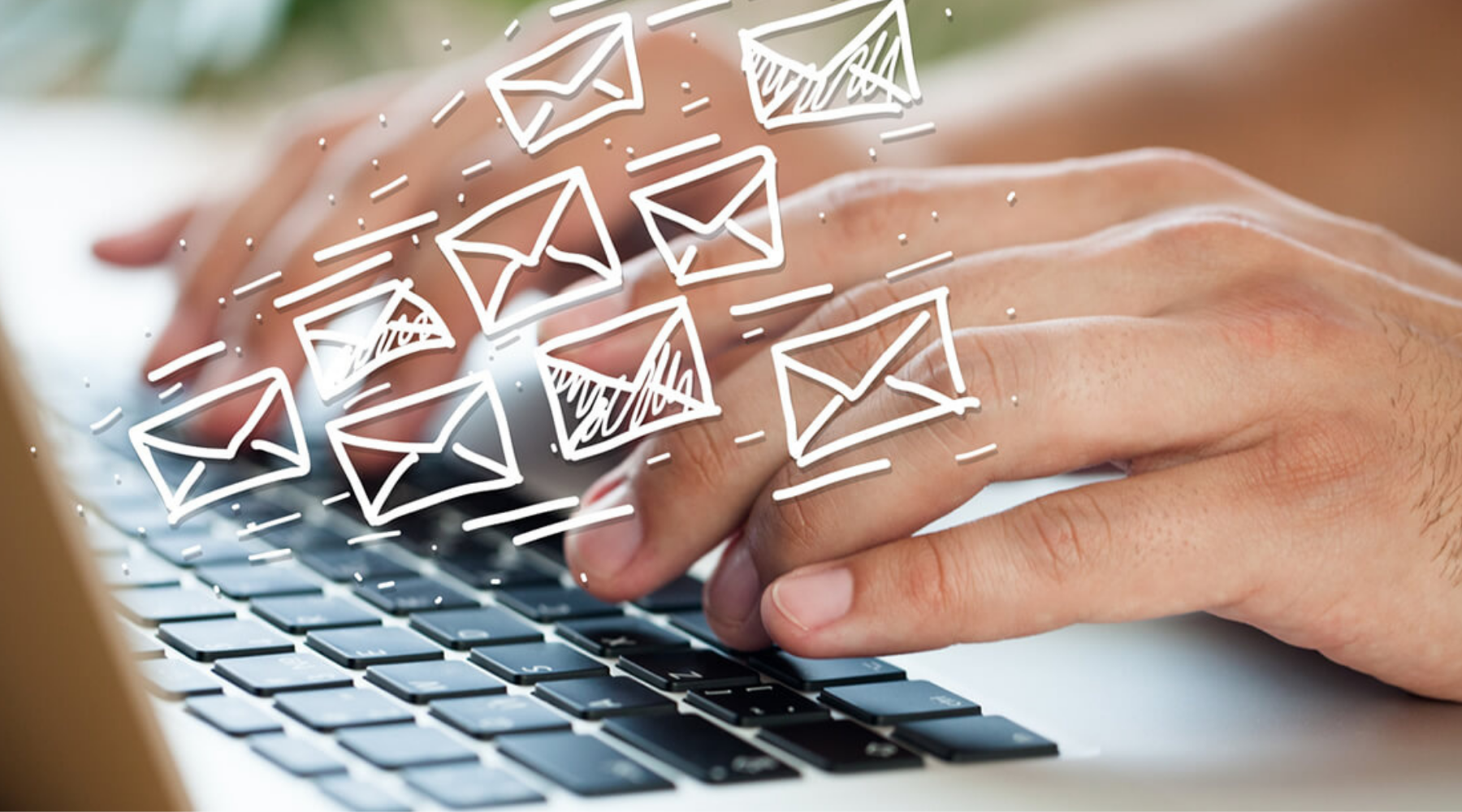How to Effectively Use Images in Email Marketing
Make your marketing emails visually appealing without sacrificing usability.
Email recipients expect to see high-quality images in their emails, but over-emphasis on graphic design can lead to message obscurity, unitability, and not meeting business goals.
There is a big change in the design of email newsletters. One of the most significant changes has been the massive shift towards visual communication in newsletters and marketing email.Images have become the main tool.The use of images in email and the Internet in general has evolved significantly in recent years. Illustrations in web design are no longer complementary or decorative - they have become a key tool for many websites. This trend has seeped through to email marketing and newsletters.
A recent research has shown that newsletter recipients expect the same high-quality imagery they encounter on the Internet. People prefer high-quality, scalable images where all the small details can be seen.It wasn't until a few years ago that newsletters used small images paired with text in a two-column layout.
Not large enough images
Readersexpectthe images to be useful, interesting, and content-adaptive. Large images, similar to a photo and not directly related to the content, did not receive positive reviews.
One user who received the American Airlines newsletter commented, “This email is useless, more like spam. I have never shown interest in traveling to New Zealand. The picture was also bad, it's just a stock image of a surfer that could be anywhere. Viewing this letter was a waste of time for me. "
While the images in these emails from American Airlines were large enough, they missed the mark when it came to conveying the unique benefits of each offering through matching images.
Flyer style letters are common
Some newsletters take an extreme image-based approach, replacing traditional text content with one large graphic with text embedded in it. These newsletters resemble a traditional flyer or one-page advertisement.Flyer-type newsletters are often visually acceptable and can be as beautiful as a small piece of artwork. Recipients often commented on their aesthetic attributes. However, many of these newsletters fall short when it comes to functionality and usability. Some of these common problems are listed below.
Illegible text
Usually, the focus is on the visuals, with many flyer-style messages while using fonts that participants find difficult to read.
Lack of typographic hierarchy
Sheet-style processing usually resulted in layouts that lacked typographic hierarchy for text. Different pieces of text and colors competed with each other, make the message difficult to read.
Too much white space and lack of content. Many flyer-style emails use white space so freely that mobile users have to scroll several times before they see any text or valuable content.
Header problems
Most email clients display the first lines of message content as previews of email previews. Thus, the header can provide additional context and information about the message. When most email content is in a non-text format (as is the case with flyer-style newsletters), this ability to convey important information to users is lost.It would be better to include some information about the program in the text above the graphics to create a useful title.
Principles of Forgotten Interaction
Flyer-style newsletters most commonly refer to the marketing variety used by retail and e-commerce stores with the primary purpose of a user logging into a site. However, many make it difficult for users to interact with them. They often lack traditional clicks like coloring or button rendering for links and other calls to action.
It's not enough to design a beautiful flyer that looks great on a printed page. This format does not translate directly to email; it needs to be changed to make it useful as a user interface.
When text is embedded in an image, it is difficult for users to know if there is something clickable: should they click on the full image, anywhere, or on a specific piece of text?
Flyer-style images and newsletters that suggest links and conversions should continue to use clickable tags. Without these signals, the flyer will have a blind search for a link: users will have to scan the entire image with their cursor, waiting for their cursor to change to a hand, or if they don't have a mouse, they will have to click on the screen to find a target.
Because there is so much inconsistency in how interactions are created in different newsletters, it is difficult for users to learn how to interact with such emails.The best approach is to embed important calls to action as well as separate links to specific image details. They should all have appropriate click-throughs and captions to tell users where they will be navigating.In addition, these emails should also make the rest of the image clickable and route users to a suitable high-level landing page that touches on the topic or promotion in general.
Conclusion
Images are playing an increasingly important role in email newsletters. Users expect high quality informational imagery that adds meaningful content to the message.Whether you choose a flyer-style design for your newsletter or use a combination of images and text, be sure to rate messages based on functionality, legibility and ease of use, and visual appeal.

